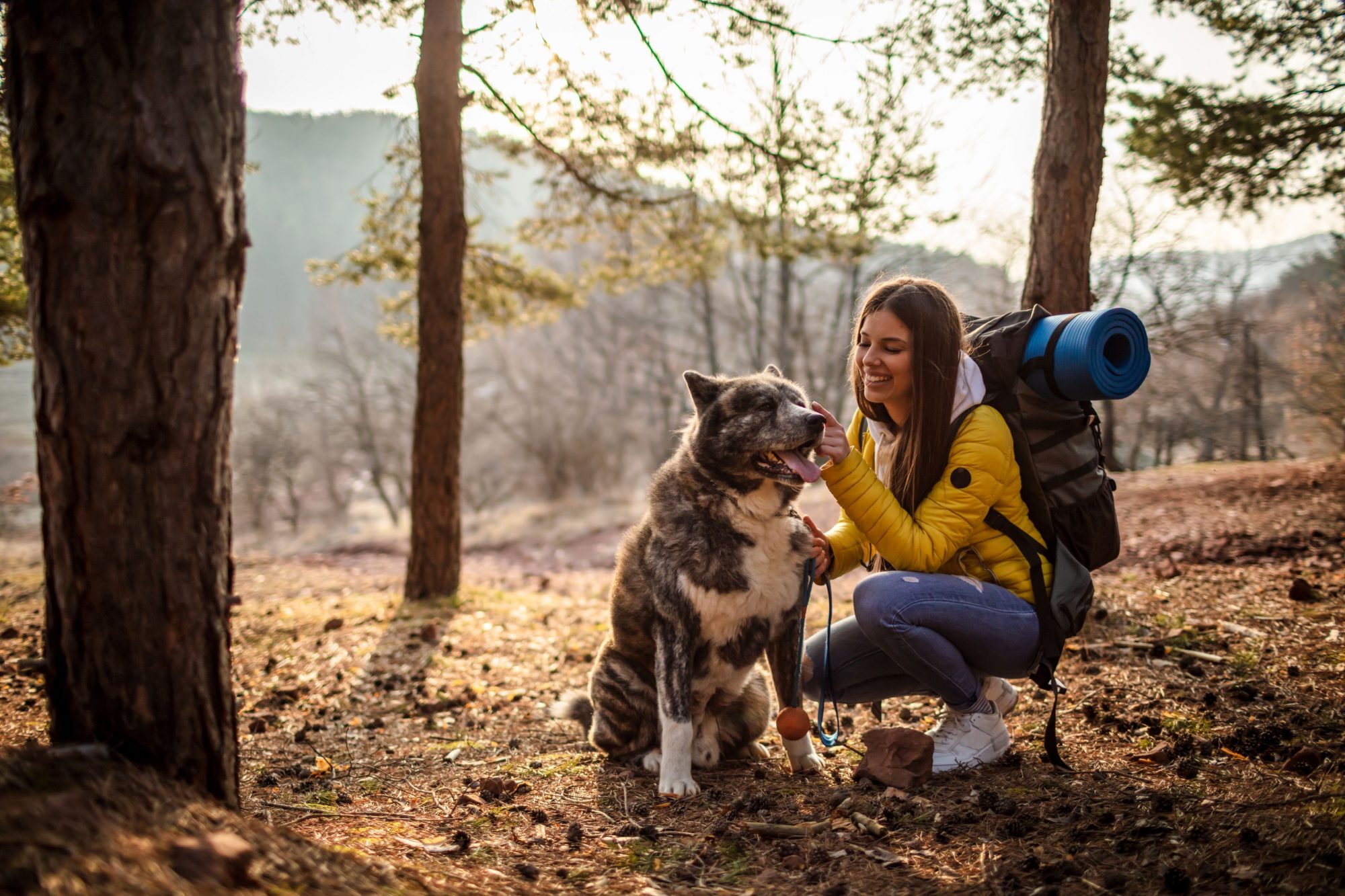Should I Get My Dog the Rattlesnake Vaccine?

Your insanely curious dog is constantly poking his nose in off-limits places. He also loves to join you on hiking and camping trips during warm spring and summer weather. Both situations place him at risk of encounters with rattlesnakes.
From April through October, these cold-blooded animals are most active in areas popular with hikers and campers. In warmer weather, rattlers look for places out of the afternoon sun. They frequently hang out in woodpiles and heavy shrubs. They’re also found under logs and good-sized rocks.
The Sacramento region has a higher-than-normal risk of rattlesnake bites, and dogs are often the unlucky recipients of the snake’s venom. Rattlesnake bites can cause bleeding, swelling, super-low blood pressure, and shock. Rattlesnake bites can be fatal for dogs.
About the Rattlesnake Vaccine for Dogs
The rattlesnake vaccine (or rattlesnake shot) can considerably increase your dog’s chances of survival. While the rattlesnake vaccine does not make your dog immune to a rattlesnake bite’s effects, it does stimulate your dog’s immune system, which produces antibodies to combat the snake venom. In turn, your dog has a less-severe bite reaction, and you have a little more time to rush him to the vet to get an antivenin dose.
Rattlesnake Vaccine Logistics
Your dog should receive the vaccine about one month before the snake season starts. He’ll need a booster approximately one month after the initial vaccine. The rattlesnake vaccine should typically be repeated every year. In warmer areas where snakes are active all year, your dog may need a vaccination every six months. We recommend the shot in most cases just in case your dog comes in contact with an unexpected rattlesnake. During your dog’s upcoming wellness exam, the team at Bayside Animal Hospital can help you decide if the rattlesnake vaccine makes sense for you. Contact us today for an appointment.


